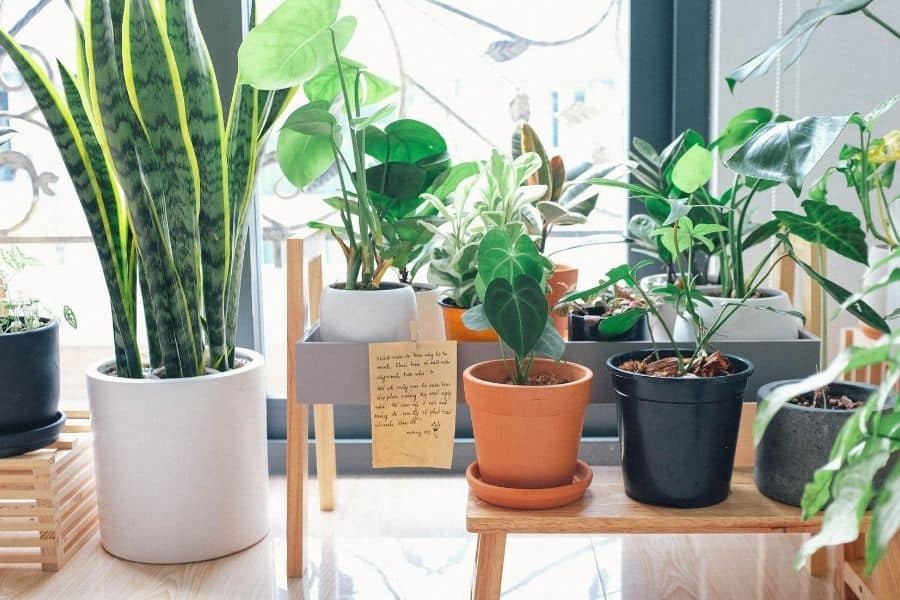
Most people nowadays are investing their time to grow plants not just to the backyards of their home, but also inside (living room, bedroom, etc). Some would even build their own plant house to accommodate their growing number of vases with new seeds as it becomes one of their most loved hobbies.
People who decide to put up some plants inside their homes often consider not just the aesthetics it will bring but also the increasing oxygen factors it will bring to the house. Most of them also put plants that produce the most oxygen because they have lung health problems. They might be seeking natural alternatives for air quality that is both beneficial for the mind and body.
Whether people have lung health problems or not, it is still somehow beneficial to foster a home that has a fresh and chilling environment. With this, your well-being will be better. To do this, you can put some of the most oxygen-producing plants inside your house.
The following list is the plants that produce the most oxygen:
Contents
Chinese Evergreens
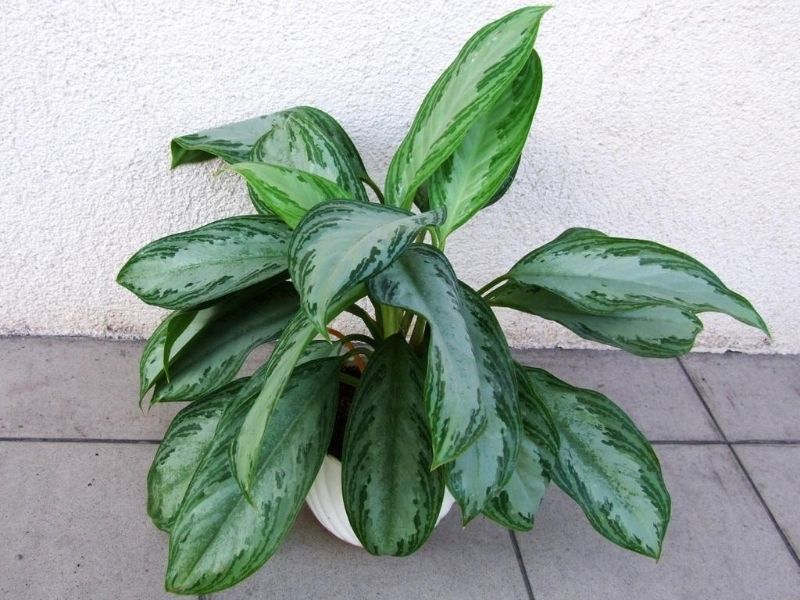
Photo by: Jerzy Opioła
The Chinese evergreen (Aglaonema) is the most popular in China for its high efficiency to purify harmful pollutants from the air we breathe in. It is also one of the most commonly displayed at home due to its high emission of oxygen content that can remove benzene, formaldehyde, and other toxins that stay inside our houses. With this, many people are encouraged to plant China Evergreens.
This plant is best placed in the living room and only needs to be watered occasionally.
Pothos
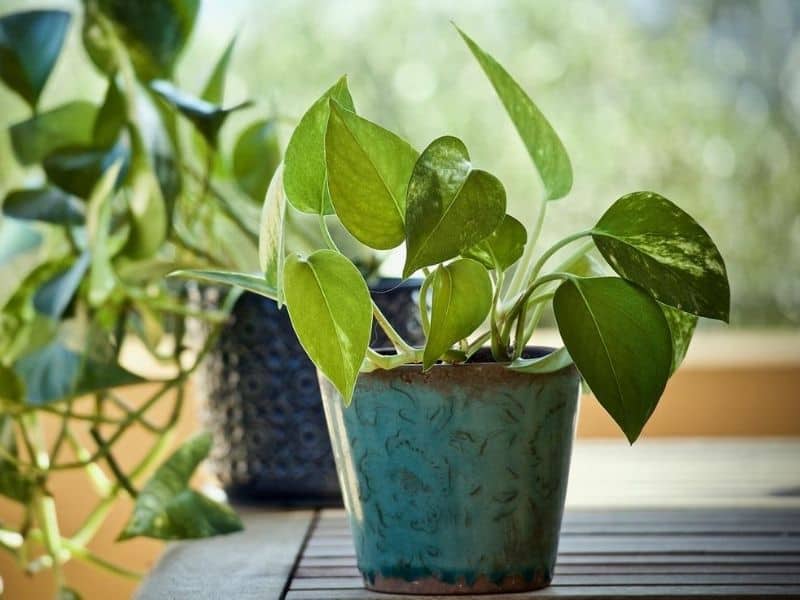
Pothos (Epipremnum aureum) is an aesthetically pleasing plant with medium size leaves that produce a lot of oxygen. This plant doesn't need a lot of light, which makes it perfect for a bedroom or office.
If you want to keep your indoor surroundings clean and minimalistic, then you might want to add up some Pothos to the room.
Areca Palm

Areca palms (Dypsis lutescens) are one of the most popular among homeowners. Its leaves are colored in lush green that adds up an accent to any part of the house it is placed. It absorbs pollutants that can be harmful to your health and releases oxygen in return.
However, areca palms are not suitable for pets like cats and dogs. They might also be harmful to small children if they accidentally swallowed their leaves.
This plant is best displayed in an area with filtered light and needs to be watered often.
Snake Plant (Mother-in-Law’s Tongue)
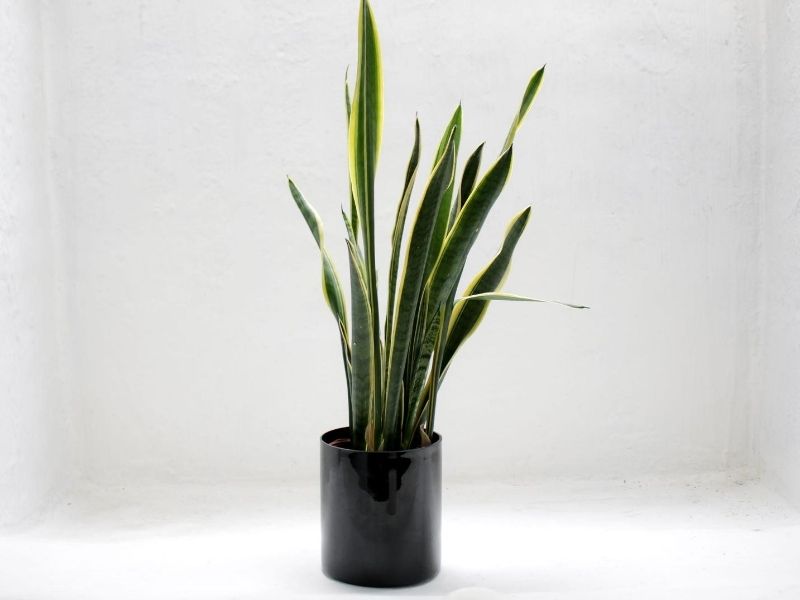
The snake plant (Dracaena trifasciata), also known as the Mother-in-Law's Tongue, is highly efficient for releasing oxygen. It is uniquely identified for its night-time oxygen production. It also can purify the air by removing harmful chemicals like xylene, benzene, toluene, formaldehyde, and trichloroethylene.
This plant is best recommended to be placed in window light and needs to be watered weekly.
Peace Lily

Picture by: ProFlowers
The Peace Lily (Spathiphyllum) is an elegant-looking plant that might match your aesthetics. It helps to filter volatile particles in the air of your home, which came from various construction materials. This plant blooms once a year, but it can flower twice if given the right fertilizer.
However, just like the areca palms, the peace lily is also not recommended for pets. It has poisonous properties specifically for fur that might cause an upset stomach. When putting this plant at your home, it must be placed where your pets cannot access it.
Most people look for ideal plants that will beautify their homes. But for some, they want more than just the aesthetics accent. They also want to put the plants that are highly efficient for oxygen production. You may refer to the list above to be guided on the plants that you might place at your home.
Money Plant
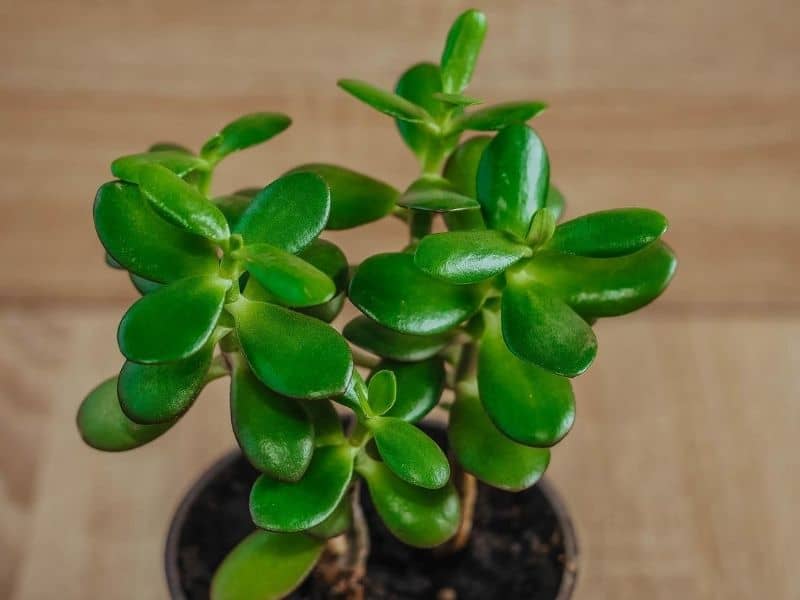
The Money Plant (Epipremnum aureum) is known for its ability to remove chemicals and other pollutants from the air. It can specifically reduce benzene, formaldehyde, xylene, and toluene. However, just like the previously mentioned plants, the money plant is also toxic to cats, dogs, and small children. If you are planning to have this at home, make sure that you place it somewhere far from your pets or children.
The money plant needs indirect light and required to be watered every week. You may have at least three of these with an 18-inch size.
Aloe Vera
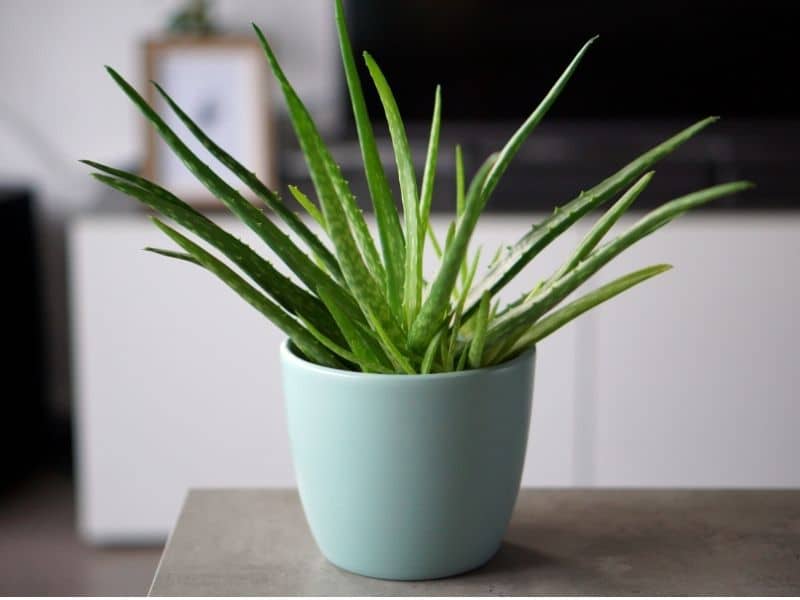
Aloe vera is one of the most classic indoor plants and is commonly known among homeowners. Aside from its organic gel, this plant, as a succulent, also filters harmful particles in the air of home.
Aloe vera belongs to the cacti family with fleshy leaves and tiny worms, which has an air-filtering prowess. To keep this plant growing in your home, it is recommended to let the soil dry before the next watering schedule. As a cacti plant, aloe vera loves to have dry soil. Additionally, it will be helpful to bring the plant outside so it can soak under the direct sunlight. Inside, make sure that you put it on a sunny window to thrive well.
Rubber Plant

Rubber plants (Ficus elastica) are usually displayed as a tabletop. Its leaves can grow big, but some are culture to be smaller than others. It is a low maintenance plant that you can nurture inside your home. Aside from this, it absorbs toxins in the air as it converts carbon dioxide into lots of oxygen.
If you have minimal time to spare for your planting hobbies, then a rubber plant is the right one for you. This plant can survive dry soil in a long time, so even if you have forgotten to water it, it will thrive on its own. Be reminded that it can grow for as tall as 8 feet. You must prepare and place it with enough space.
Most people look for ideal plants that will beautify their homes. But for some, they want more than just the aesthetics accent. They also want to put the plants that are highly efficient for oxygen production. You may refer to the list above to be guided on the plants that you might place at your home.
Spider Plant
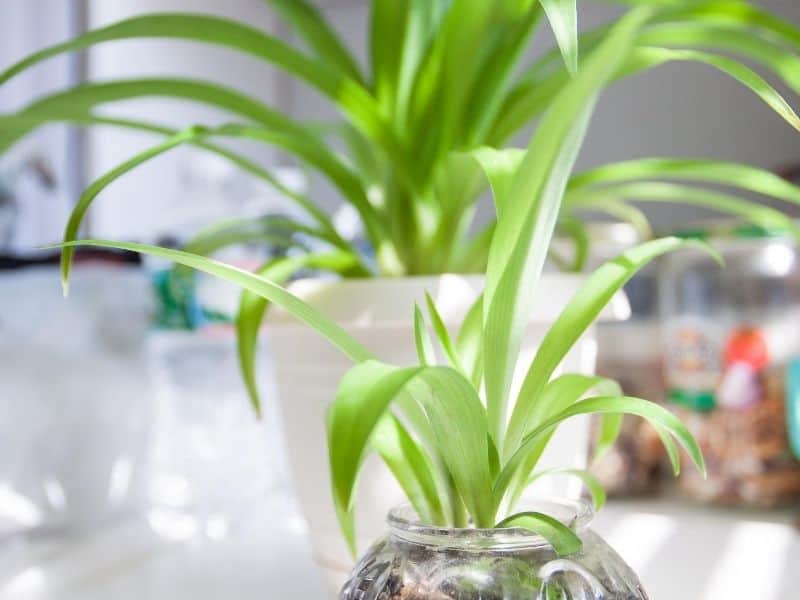
Photo by: Max Wei
The spider plant (Chlorophytum comosum) is one of the easiest houseplants to grow which owes its name to the spider-like leaves. This plant looks great in an office or on a dining table.
This esthetically pleasing plant will brighten up the room that it is in. With its soft appearance and air purifying characteristics, this plant will make you feel better.
It's also safe for pets, so if you have pet animals the spider plant is a great option.
Arrowhead Plant
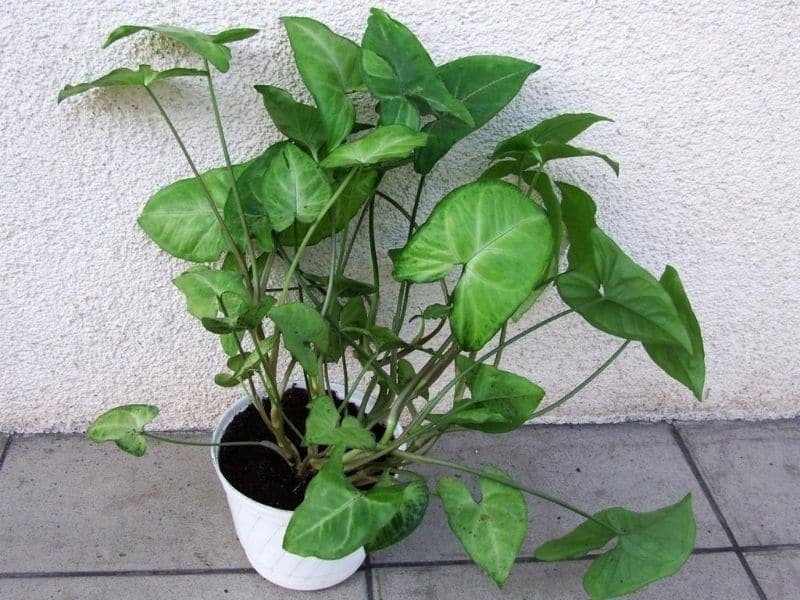
Photo by: WikiCommon
The Arrowhead Plant (Syngonium Podophyllum) is originally a tropical plant that will give your living room a great tropical/botanical look. You want to place this plant in a spot where it gets a lot of light, but not too much direct sunlight. When it gets the right amount of light and water, this plant is an excellent air purifier.
Be careful when you place this plant near a window or a door because this plant really doesn't like cold temperatures. It can quickly show cold damage.
Also, this would not be a good decision if you have children or pets. this plant is poisonous, so you want to keep it away from children and pets.
Croton
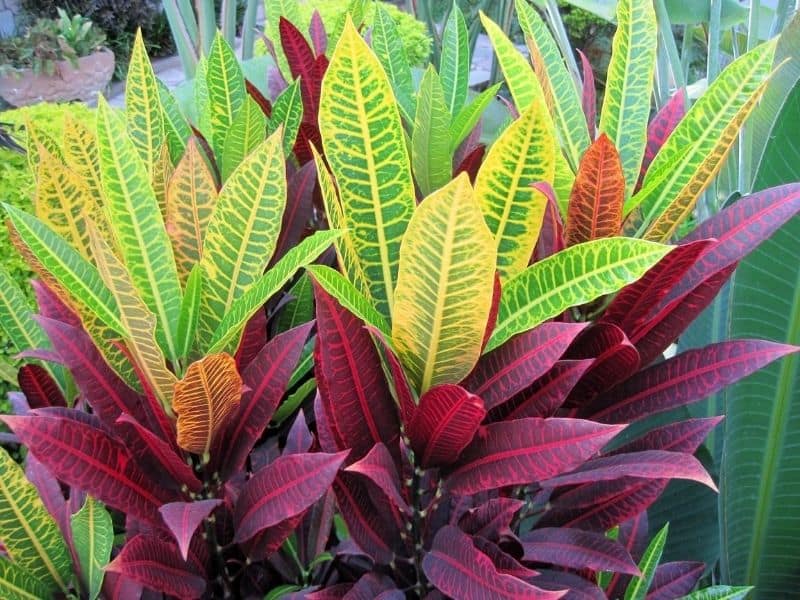
The garden croton (Codiaeum variegatum) is a unique plant with different color leaves. If you like unique things, just like me, this plant is definitely something for you. This plant naturally grows in Indonesia and India.
This plant looks great at the entrance of a home or a living room where it can shine away with all its colors and its great ability to clean the air.
When watering this plant you want to make sure that the soil is always moist and never dries up. If the soil feels dry, it's time to water this plant. It also loves a lot of light, but be careful not to put this plant in direct sunlight during the summer months. This can harm the plant.
Dumb Cane
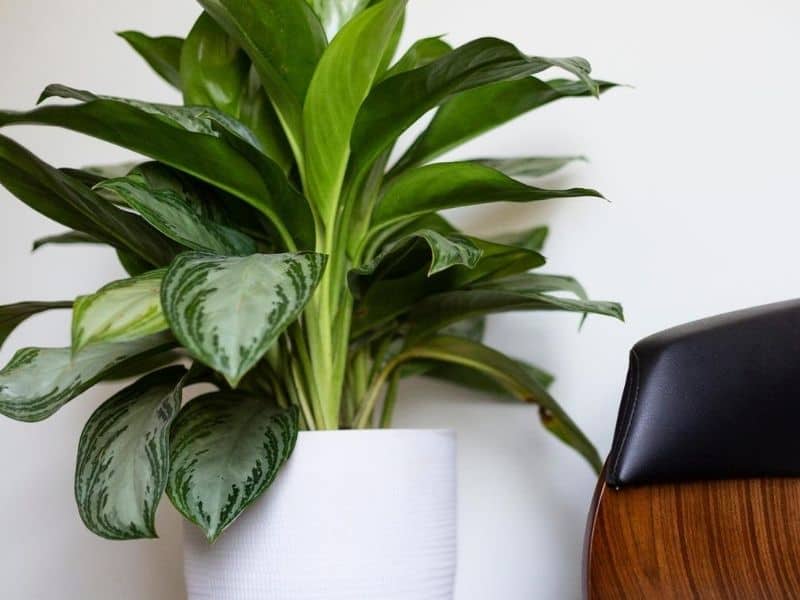
The Dumb cane (Dieffenbachia) is an elegant plant with medium to big leaves. It's a very nice addition to a minimalistic home and it is actually really hard to kill this plant.
The plant naturally grows in West Indies, North America. The big leaves on this plant are dark green with yellow/light green veins. This feature makes this plant unique.
For optimal growth of this plant, give it lots of indirect sunlight and the top inch of the soil moist at all times.
However, be careful with this plant if you have small children or pets, this plant is poisonous. You definitely want to avoid this plant in your home if you have pets or children.
Weeping Fig
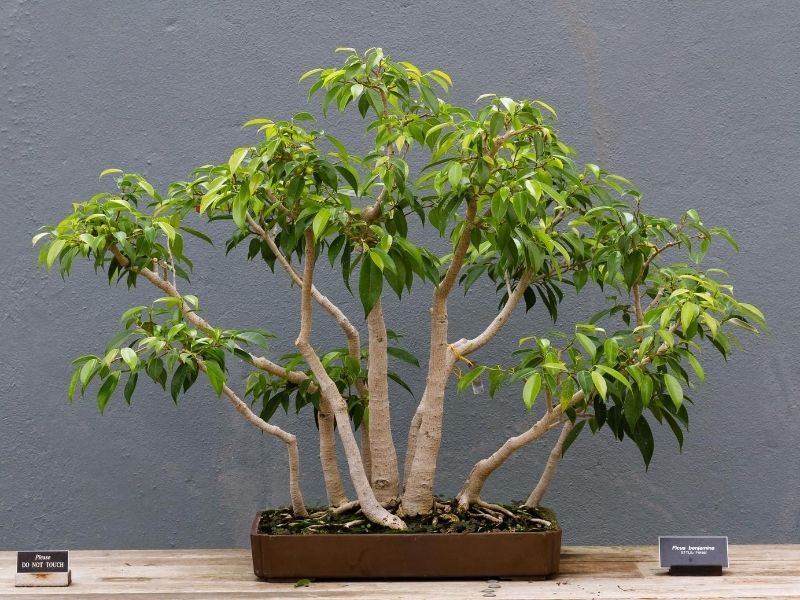
Photo by: PierreSelim
The Weeping Feg (Ficus benjamina) is a great air purifier and indoor house plant companion. It's a tropical tree that is very sensitive to changes in light and water, so for the best growth you want to keep it in one place all the time.
This plant often is in the top 10 most purifying house plants and is well earned. This plant will produce a lot of oxygen if taken care of correctly.
The ficus likes the have moist soil, but not too wet, it loves a lot of indirect sunlight and doesn't like to sit in the middle of a draught.
Elephant Ear Plant
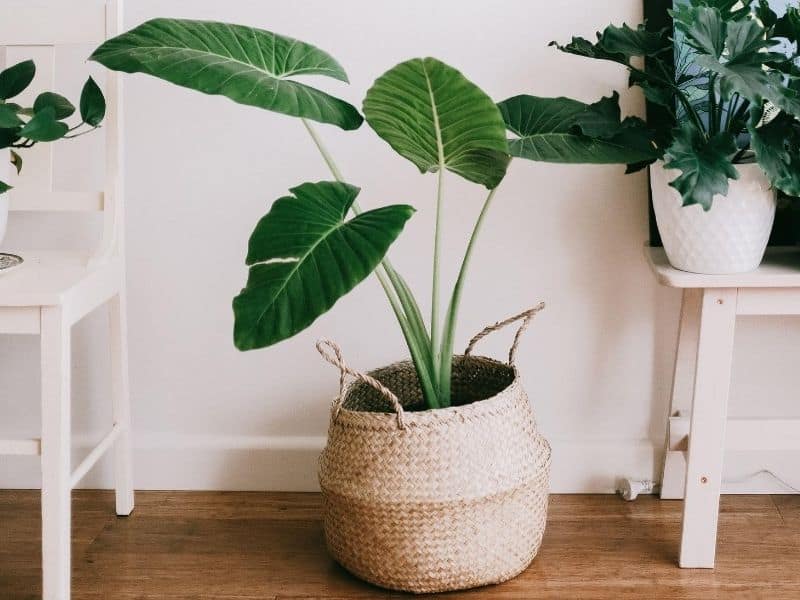
With the Elephant Ear Plant (Colocasia) in your home, you will transform your home into a tropical paradise. It will also produce a lot of oxygen in the meantime.
This plant has owed its name to the big elephant-ear like leaves and performs best in filtered sun or part shade in organically rich, moist to wet soils.
Colocasia is poisonous, so be careful with children and pets.
Monstera
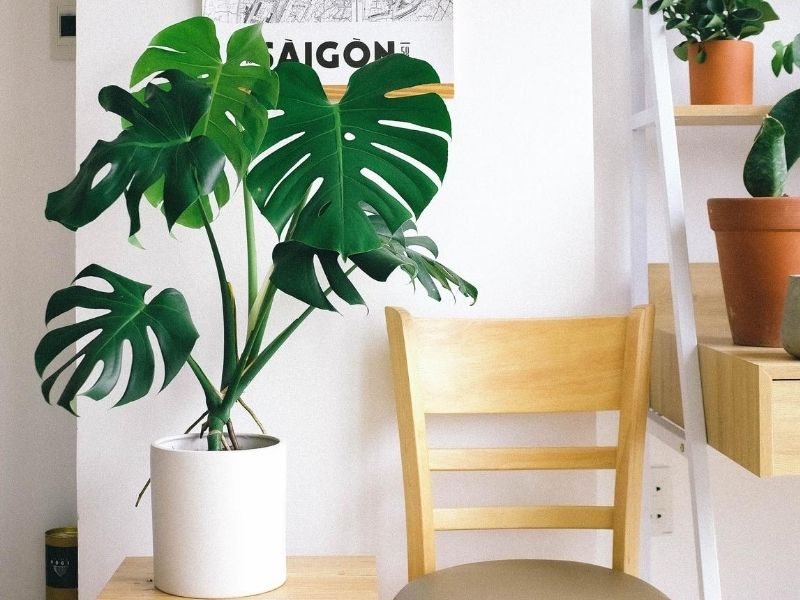
The Swiss Cheese Plant (Monstera deliciosa) owes its name because of the holes in its leaves. It's a very popular plant which you have probably seen somewhere on the internet or in a nursery.
In addition, the Monstera is a great plant for oxygen and easy to care for, which is ideal!
This plant likes sunlight but not direct sunlight, a bright room is ideal. Next to sunlight, watering this plant once a week is most of the time perfect, and your Monstera will grow healthy and produce lots of oxygen.
Unfortunately, the Monstera is poisonous, so be careful with children and pets.
Gerbera Daisy
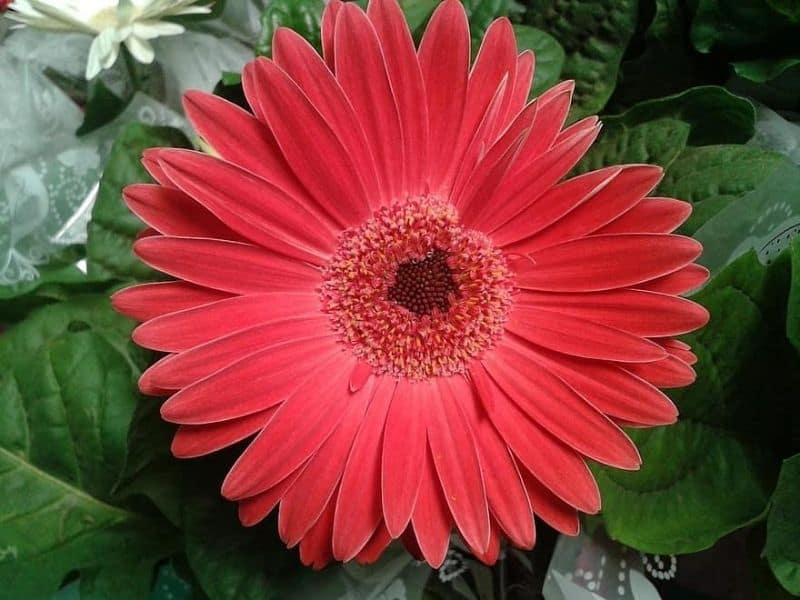
Gerbera daisy (Gerbera jamesonii) is often used as a decorative for gardening due to its attractiveness. However, this plant also can produce high levels of oxygen that can eliminate harmful chemicals in the room. This is also recommended for those who are sleep-deprived people and are suffering from breathing disorders.
This plant needs both bright sunlight and indirect light depending on the temperature. It also needs to be watered regularly with the soil kept moist.


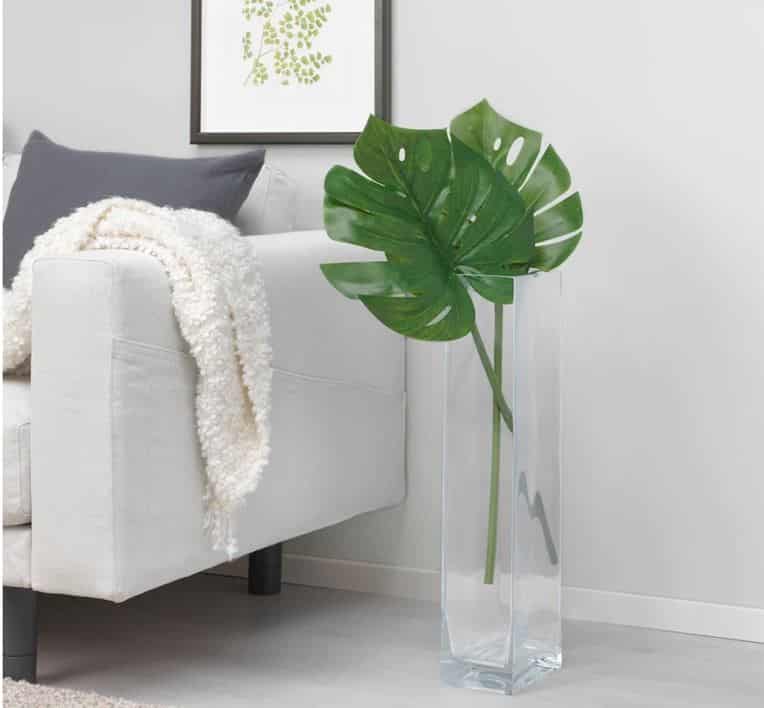
Leave a Reply